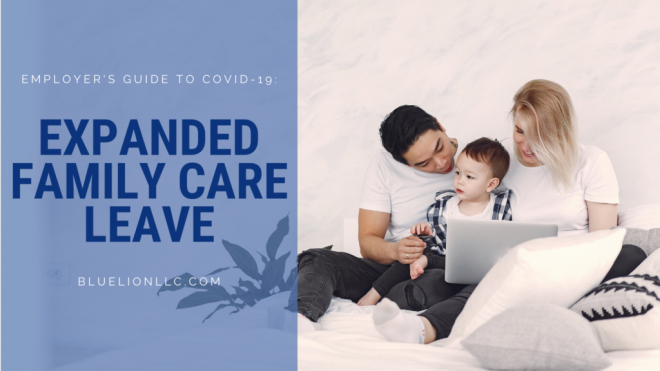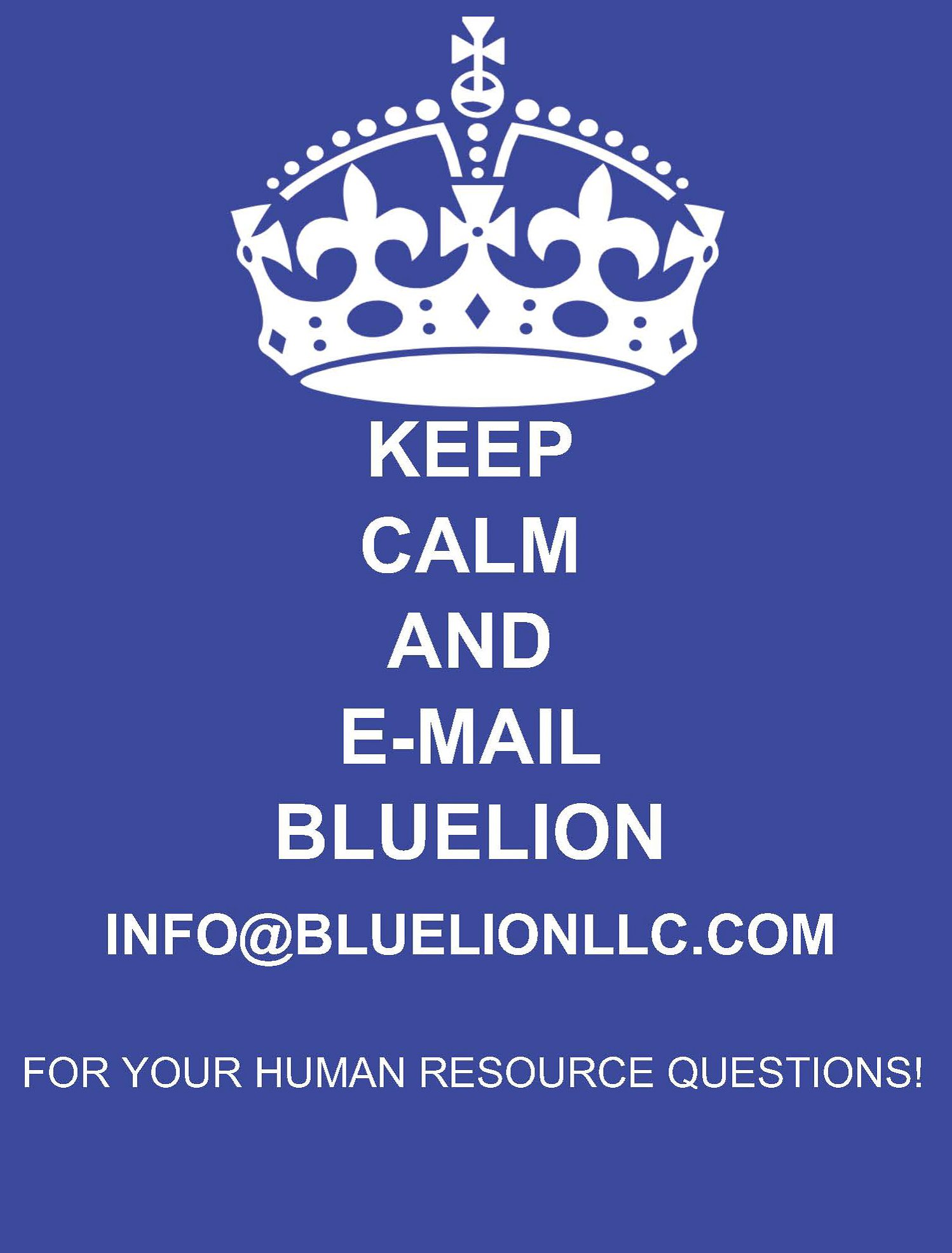
For business owners doing their best to not just survive, but thrive, during the coronavirus crisis, now is probably feeling like a stressful time. Plus, you also have your employees to protect. Don’t stress it! In our Employer’s Guide to COVID-19 series, we’re walking you through all of the latest laws and updates.
The government has recently formed the Families First Coronavirus Response Act (FFCRA). This benefit helps small business owners and protect employees and their families with emergency paid sick leave and expanded family and medical leave. It is meant to provide supplemental income and is based on the government’s current estimates of how long they expect the COVID-19 health emergency to last.
This post will cover the Expanded Family and Medical Leave Act (FMLA) portion of this legislation. We’ll outline how it works, who it applies to, and advise you on how to properly administer the paid leave.
Check out our video summary of the expanded family leave, then read on for all the details. We’ve also included downloadable resources toward the end.
Expanded Family and Medical Leave Fast Facts
- Covers certain public and private businesses with less than 500 employees
- Required for all employees who have been employed for at least 30 calendar days
- Available to employees after first 10 days of leave
- Applies through December 31, 2020
- Addition to Emergency Paid Sick Leave
- NOT available to businesses on a temporary shutdown
- NOT retroactive – began April 1st
What employees are covered?
For employees who have been employed for more than 30 days, employers must provide up to 10 additional weeks of paid expanded family and medical leave. Pay will be at ⅔ or 66.66{b30e8b56753bfd926332494f83835a922418a2bfafec826e318c7c370e658baa} of the employee’s regular rate of pay OR ⅔ of the applicable minimum wage, whichever is higher.
Your employee qualifies for expanded FMLA if they are unable to work or telework because they need to care for their child when:
- Their school or childcare provider has been closed
- Their regular childcare provider is unavailable due to a COVID-19 public health emergency
A child is defined as a biological, adopted, foster child, stepchild, legal ward, or a ward of a person acting as a legal guardian who is either:
- Under 18 years old; or
- 18 years or older and incapable of self-care due to a mental or physical disability
A childcare provider is an individual or organization that receives compensation for providing childcare services on a regular basis.
How does it work?
For the first 10 days of leave, the time will be unpaid (unless you as the employer decide otherwise). Employees can, however, choose to use their accrued paid vacation, personal days, or sick leave during this period.
Employees also have the option to use paid leave under another part of the Families First Coronavirus Response act, which you can learn in our other blog post on the Emergency Paid Sick Leave Act.
After 10 days, the employer will provide expanded FMLA.
Duration
- Date public health crisis ends, and
- Up to 10 weeks
Calculation
Partial Payment = Greater of ⅔ or 66.66{b30e8b56753bfd926332494f83835a922418a2bfafec826e318c7c370e658baa} of the employee’s regular rate of pay OR ⅔ of the applicable minimum wage
- Maximum of $200 per day
- Maximum in total = $10,000 (over a 10 week period)
This, combined with the maximum two weeks of emergency paid sick leave, means an employee can receive up to $12,000 maximum over a 12 week period under the FFCRA.
How should I manage this benefit?
First things first, make sure you post the notice of FFCRA requirements in an obvious place on your premises. We recommend putting it in the same spot as your labor laws posters and other regulation signs. You can download this model notice from the Department of Labor for your business’s use.
When an employee requests expanded family leave, they should submit written notice to the appropriate manager. The notice should include the reason for leave and, if possible, the expected duration. We have included a sample expanded family leave policy with a request form. You can download and edit this form with your company’s information.
How will I pay for it?
To make this as easy and stress-free on employers as possible, the government is providing a 100{b30e8b56753bfd926332494f83835a922418a2bfafec826e318c7c370e658baa} tax credit of the funds paid out for the expanded FMLA. This credit applies to any qualifying wages paid under the FFCRA, up to the maximum amounts listed above.
Note: If you as the employer decide to pay more than the maximums, you will be responsible for those amounts.
Employers are also still required to pay for an employee’s health benefits during emergency paid family leave. In good news, the tax credits also apply to costs for maintaining health insurance coverage during this emergency leave.
Awesome! Now how do I get reimbursed?
Below is a sample calculation for an employer who has paid $5,000 in leave and would normally owe $8,000 on their next quarterly payroll taxes.
$8,000 (payroll taxes)
– $5,000 (sick leave)
__________________
$3,000 (remaining payroll taxes you’re responsible for)
It is as simple as that! If you already paid your taxes prior to this act and realized you now owe less, it’s an easy fix. All you have to do is submit a form for an immediate tax credit. You don’t even need to wait until the end of the year—you can submit this on your next regular deposit date.
Bonus Tax Tips:
- Run everything by your payroll specialist, CPA, or tax accountant to ensure your taxes are calculated correctly and you receive the maximum refund.
- Classify these entries under a unique code, like “Federal Paid Leave”, to keep your records clean and easy to read.
Navigating and Breathing Through COVID-19
While there is a lot of news and constant changes regarding coronavirus laws for businesses seemingly every day, keep in mind that the legislation has been created to support you and your employees. And keep checking back at the BlueLion blog, where we will be posting regular updates on everything you need to know as a business owner.
Head to our blog post on the Emergency Paid Sick Leave Act for more information and resources on the other portion of the FFCRA.
BlueLion is also offering FREE services to small business owners on COVID-19 related issues. Please contact us at 603-818-4131 or email us at info@bluelionllc.com. We’ll be here to help guide you through these uncertain times.
The information on this website, including its newsletters, is not, nor is it intended to be legal advice. You should contact an attorney or HR specialist for advice on your individual situation.



